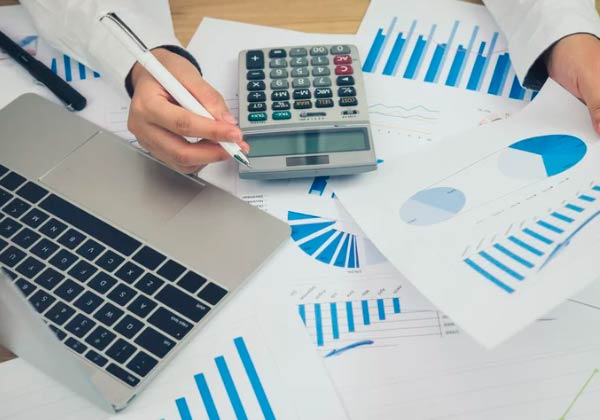Personal finance apps are digital tools designed to help people manage their finances more efficiently. With these applications, you can control expenses, make budgets, monitor investments and have a clear view of your financial situation. In this article, we'll explore what personal finance apps are and how to use them to improve your financial health.

What are personal finance apps?
Personal finance apps are software designed to help manage individual finances. They allow users to organize and track their income, expenses, investments and financial goals in one place. These apps often sync financial information from multiple sources, such as bank accounts, credit cards, and investments, to provide a comprehensive view of personal finances.
How to use personal finance apps?
Here are some basic steps for using personal finance apps effectively:
1. Choose the right app
There are several personal finance apps available, each with different features and interfaces. Search and choose an app that suits your needs and preferences. Check if it is available for your operating system (Android or iOS) and if it has features relevant to your financial goals.
2. Download and install the app
After choosing the app, download and install it on your mobile device. Follow the instructions provided by the application store corresponding to your operating system.
3. Create an account
When you first open the app, you will likely be asked to create an account. Enter the required information such as your name, email address and password. Some platforms may also ask for additional information to help personalize the experience, such as your monthly income and recurring expenses.
4. Connect your financial accounts
To make the most of the app, connect your relevant financial accounts. This can include bank accounts, credit cards, investment accounts and loan accounts. This connection allows the app to automatically access and update your financial information, providing an accurate view of your financial situation.
5. Explore the app's features
Each personal finance app offers a variety of features. Explore the different sections of the app like budgeting, expense tracking, financial goals, investments, and reports. Familiarize yourself with the options available and try different features to find out which ones are most useful to you.
6. Set financial goals
An important aspect of personal finance apps is the ability to set financial goals. Set realistic, measurable goals, such as saving a specific amount of money, reducing debt, or increasing your investments. Use the app's tools to track progress toward these goals and make adjustments as needed.
7. Regularly monitor your finances
To get the most benefit from the app, it is essential to regularly monitor your finances. Check your transactions, categorize your expenses, make budget adjustments, and review your progress toward financial goals. Tracking your finances regularly will help you identify areas where you can save, invest better, or improve your financial habits.
Conclusion
Personal finance apps are powerful tools that help you simplify managing your finances and make more informed decisions. By choosing a suitable app, connecting your financial accounts, and exploring available features, you can improve your financial health and achieve your goals. Remember to regularly monitor your finances, set realistic goals, and seek professional guidance when necessary.
